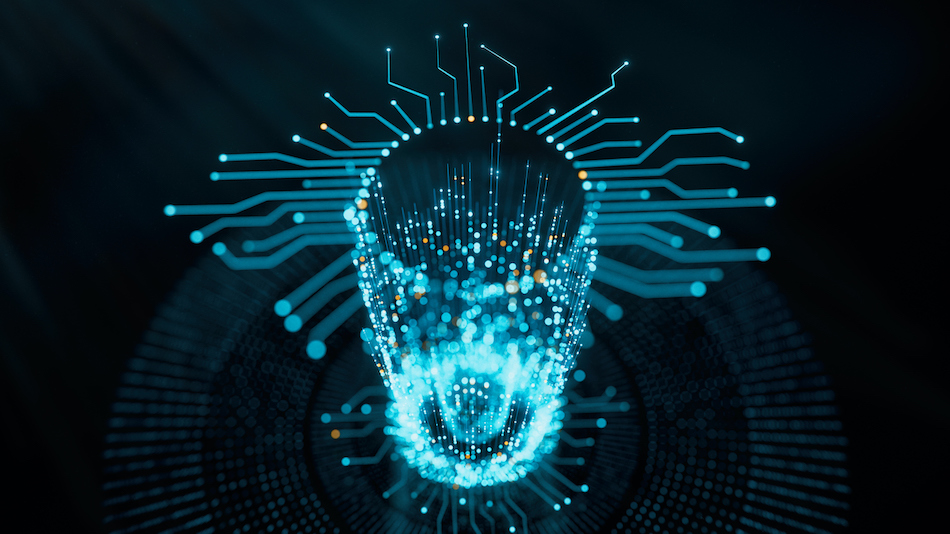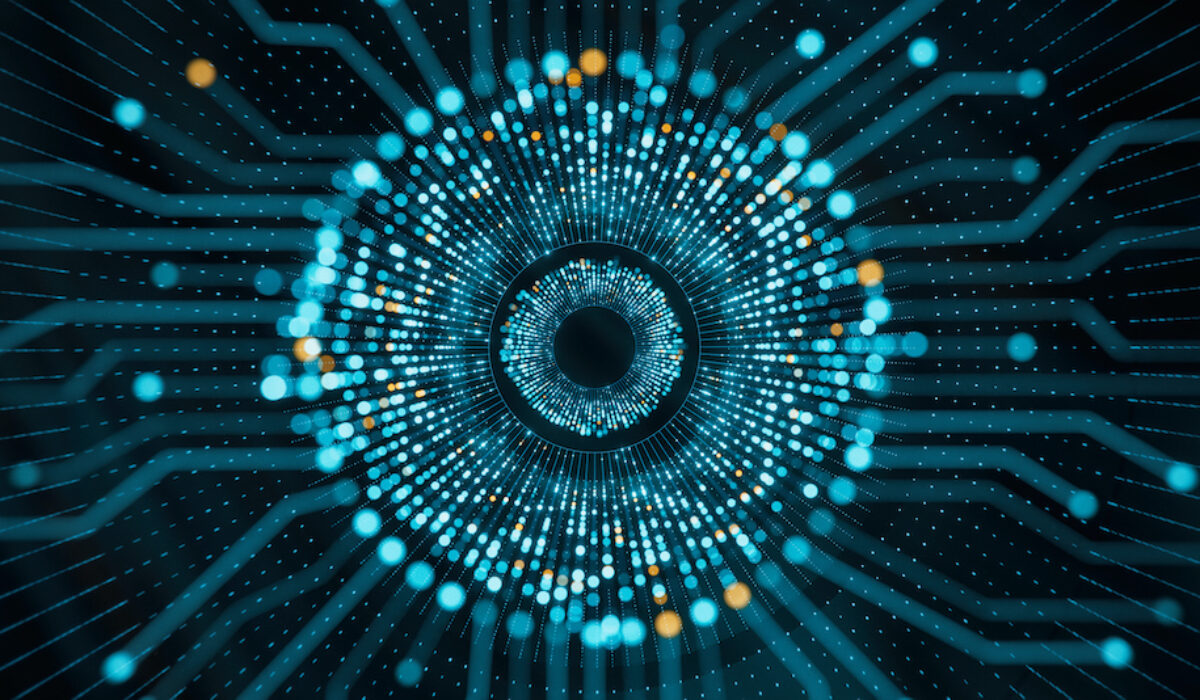The Future of Cybersecurity
From quantum-proof encryption to AI that thinks like a hacker, tomorrow’s cybersecurity tools are already redefining how CEOs defend their digital empires.
Cybercrime isn’t just evolving—it’s industrializing. In a landscape where ransomware is a business model and data breaches are geopolitical currency, CEOs are under increasing pressure to protect not only their infrastructure, but also their reputation and trust capital. The good news? Cybersecurity innovation is accelerating faster than the threats.
At the heart of this evolution is Zero Trust Architecture (ZTA). It flips the old model of “trust but verify” on its head. In a world of remote work, distributed data, and insider threats, ZTA demands continuous validation of identity, device health, and access privileges—regardless of network location. Tech giants like Microsoft have integrated AI into their Zero Trust frameworks, offering dynamic verification and real-time behaviour monitoring. The message is clear: Trust nothing, verify everything.
Equally transformative is the rise of AI-driven threat detection. Legacy firewalls can’t keep up with polymorphic malware and coordinated botnet attacks. Enter machine learning platforms like Darktrace, which use unsupervised AI to learn an organization’s normal behaviour and flag anomalies at machine speed. These systems don’t just spot breaches—they anticipate them. For time-starved CIOs and CEOs alike, this means cybersecurity becomes both predictive and autonomous.
“Cybersecurity is no longer just a technical function—it’s a boardroom-level arms race against invisible adversaries.”
Then there’s data exfiltration prevention. As cybercriminals pivot from ransomware to data theft, solutions like BlackFog’s ADX tech are becoming indispensable. Instead of focusing solely on breach prevention, ADX disrupts data from leaving the system altogether, shutting down attack vectors before they can monetize stolen information. It’s a new defence layer that doesn’t just react—it outmanoeuvres.
But innovation isn’t just about detection. It’s about integration. The move to Extended Detection and Response (XDR) signals a shift away from siloed tools to a unified security ops layer. Palo Alto Networks and other industry leaders are creating platforms that aggregate data from endpoints, cloud apps, email, and networks into a single pane of glass. It’s a digital control tower for cyber defence, and for enterprise leaders, it’s a visibility revolution.

Meanwhile, a storm is brewing in the background: quantum computing. Once fully realized, quantum machines will shatter today’s encryption standards. Companies like ID Quantique are racing to stay ahead with quantum cryptography, using quantum mechanics to create unbreakable key exchanges. For CEOs with long-term digital assets and high-value IP, this isn’t science fiction—it’s strategic planning.
The shift to hybrid and remote workforces also demands smarter network models. That’s where Secure Access Service Edge (SASE) comes in, blending networking and security into one cloud-delivered framework. SASE offers secure web gateways, zero trust access, and firewall-as-a-service—all in a unified architecture. Gartner estimates that 60% of enterprises will adopt SASE by 2025. It’s not just about perimeter defence—it’s about borderless resilience.
In a digital economy, cybersecurity isn’t a side project—it’s an existential mandate.
On the authentication front, behavioural biometrics is pushing beyond passwords and multi-factor authentication. Platforms like BioCatch track how users type, swipe, or move a mouse to continuously verify identity. It’s invisible, intuitive, and nearly impossible to spoof. In an era where user experience and security must coexist, it’s a game-changer.
Even more intriguingly, some security teams are going on the offensive. Cyber deception technology borrows tactics from military counterintelligence. By deploying decoy systems and honeypots, companies can lure attackers into fake environments and study their methods in real time. Attivo Networks leads this charge, offering deception platforms that blur the line between defence and intelligence gathering.
Then there’s the privacy paradox: how do you analyze sensitive data without exposing it? Privacy-preserving technologies like homomorphic encryption and secure multi-party computation are emerging as the answer. IBM and others are pioneering ways to process encrypted data without ever decrypting it—allowing secure collaboration across borders and sectors.

Finally, we arrive at cybersecurity mesh. Rather than a monolithic perimeter, the mesh model treats each device, app, and user as its own security node. Vendors like Fortinet are helping enterprises build distributed, policy-driven security ecosystems that can scale with IoT, mobile, and remote operations. For CEOs running global, decentralized teams, it’s a modular, adaptive future.
Looking Ahead: In a digital economy, cybersecurity isn’t a side project—it’s an existential mandate. Each of these technologies brings a new layer of defence, but collectively, they redefine what cyber resilience looks like. The CEOs who win the next decade will be those who see cybersecurity not as a cost center, but as a competitive advantage.
The threats will keep evolving. But so will the tools—and the leaders smart enough to deploy them.

